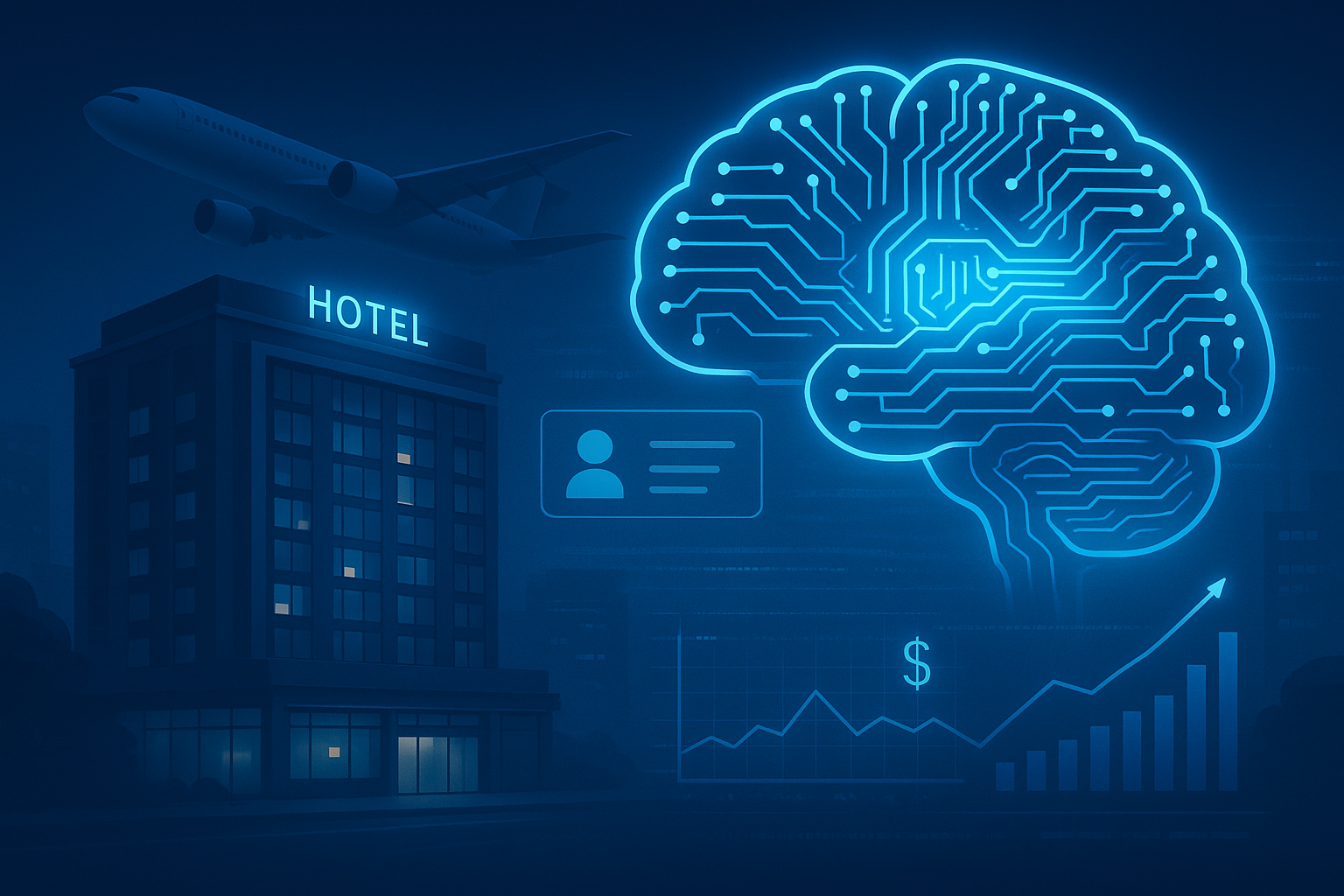With uniform pricing or only slight variations, businesses miss the chance to fully monetize the value different customer segments are actually willing to pay. The result? Compromised profit margins.
It’s time to move from reactive dynamic pricing to a new era of proactive, precision-driven Hyper-Personalized Pricing, powered by the intelligence of Large Language Models (LLMs).
Why Traditional Market Segmentation Is No Longer Sufficient?
Traditional segmentation is essentially a disguised “one-size-fits-all” strategy. While it offers more flexibility than fixed pricing, it contains major blind spots—especially in complex categories like hotels, airlines, or modern e-commerce environments.
1. The Monetization Failure Case
Imagine a luxury hotel guest searching for a last-minute suite. Their profile shows a history of high-spend upgrades and ancillary purchases.
A standard dynamic pricing model identifies them only as a “last-minute booker” and raises the rate by 10%. But their WTP may be far higher—they would gladly pay more for the right room.
Conversely, the same model may apply that same price to a highly price-sensitive customer, who will immediately switch to a competitor.
Result?
Lost revenue on high-value customers and dropped conversions from budget-sensitive customers.
2. The Data Gap
Legacy Revenue Management Systems (RMS) excel at structured data:
• Occupancy rates
• Competitor pricing
• Historical demand patterns
• Seasonality
But they fail at processing unstructured data, which is exactly where the richest WTP signals reside:
• Search intent
• Customer service interactions
• Social media sentiment
• Website behavioral signals
• Urgency or emotional cues
This forces Revenue Managers to manually override system recommendations—because the system cannot interpret context, anomalies, or intent.
Start Maximizing Revenue. Talk to Our AI Experts!
What is Hyper-Personalization?
Hyper-personalization is the highest evolution of personalization: the ability to tailor pricing, experiences, and offers in real time for every individual customer — not just a segment.
Standard Personalization
- Based on static demographics and broad segmentation
- Example: targeting “customers aged 25–35 who like beach vacations.”
- Pricing is adjusted per segment.
Hyper-Personalization
Powered by AI and LLMs, hyper-personalization uses real-time, granular behavioral signals such as:
- Mouse signals (hover, scroll behavior, hesitation)
- Language cues from search queries (“fastest,” “don’t care about cost,” “quiet room”)
- Highly detailed booking histories
- Interaction duration on each page
- Add-to-cart and comparison behaviors
The ultimate goal is:
To set a dynamic price precisely below the individual’s maximum WTP.
This is the essential difference between:
Dynamic Pricing vs. Personalized Pricing
- Dynamic Pricing: Adjusts per market conditions
- Personalized Pricing: Adjusts for each person, instantly
How AI shapes perfect dynamic pricing?
This is where Large Language Models, as implemented by commsult, fundamentally change the game. LLMs can understand and process massive amounts of text, behavior, and context — enabling a level of commercial intelligence previously impossible.
How LLMs Deliver Operational Excellence
1. Customer Intent Analysis
LLMs ingest and analyze natural language queries such as:
- “I need the fastest round-trip flight to Tokyo, cost doesn't matter.”
- “Find a quiet room near the pool with very late check-in.”
From these, the LLM extracts:
- Urgency
- Price sensitivity (or lack thereof)
- Context
- Emotional cues
- Hidden constraints
2. Market Sentiment Measurement
LLMs analyze:
- Chat logs
- Social media reviews
- Real-time news
- Event data (festivals, cancellations, strikes)
This instantly adjusts the demand curve based on real human signals — not just numbers.
3. Real-Time Behavioral Pricing
The system continuously adjusts price elasticity based on:
- Duration of product view
- Scroll depth
- Upgrade clicks
- Abandonment patterns
- Comparison behavior
Result:
Dynamic pricing optimization that refines itself in real time based on the richest customer and market signals available.
How LLMs Deliver Operational Excellence:
- Customer Intent Analysis: LLMs can ingest information from customer search queries (natural language queries) such as, "I need the fastest round-trip flight to Tokyo, I don't care about the cost" or "Find a quiet room near the pool with a very late check-in option." The LLM extracts the urgency and low price sensitivity embedded in the language.
- Market Sentiment Measurement: LLMs analyze customer service chat logs, social media reviews, and real-time news (e.g., event cancellations, sudden festivals, or airline strikes) to instantly assess the market demand impact.
- Real-Time Behavioral Pricing: The LLM system continuously adjusts price elasticity based on the individual's immediate behavior on the booking page (e.g., how long they view a specific room, whether they click an upgrade feature).
The result? Price recommendations that are constantly refined in real-time based on current behavior and market signals, a level of precision impossible for traditional systems.
Achieving Maximum Margin and RevPAR
LLM-powered dynamic pricing isn’t just an operational upgrade—it’s a commercial acceleration strategy.

With this level of precision, companies can transition from incremental revenue gains to transformational uplift in RevPAR, profit margins, and customer lifetime value.
Request a Custom Demo of Dynamic Pricing AI
Bridging Your Business to the AI Future
Revenue management systems that rely on LLM-driven hyper-personalization represent the next frontier of commercial optimization.
But implementing such systems requires deep specialization in AI, pricing science, data architecture, and hospitality operations.
How commsult Indonesia Helps You Lead the Future
We engineer full-stack AI Dynamic Pricing Solutions that:
- Ingest and analyze massive volumes of structured + unstructured data
- Use LLMs to compute precise individual WTP
- Produce scalable, end-to-end pricing systems
- Integrate directly with your RMS, PMS, booking engine, or custom applications
- Enable real-time decision-making and automation
- Bring commercial teams into an AI-enhanced workflow
Transform your revenue with LLMs, contact us now!



